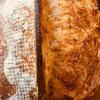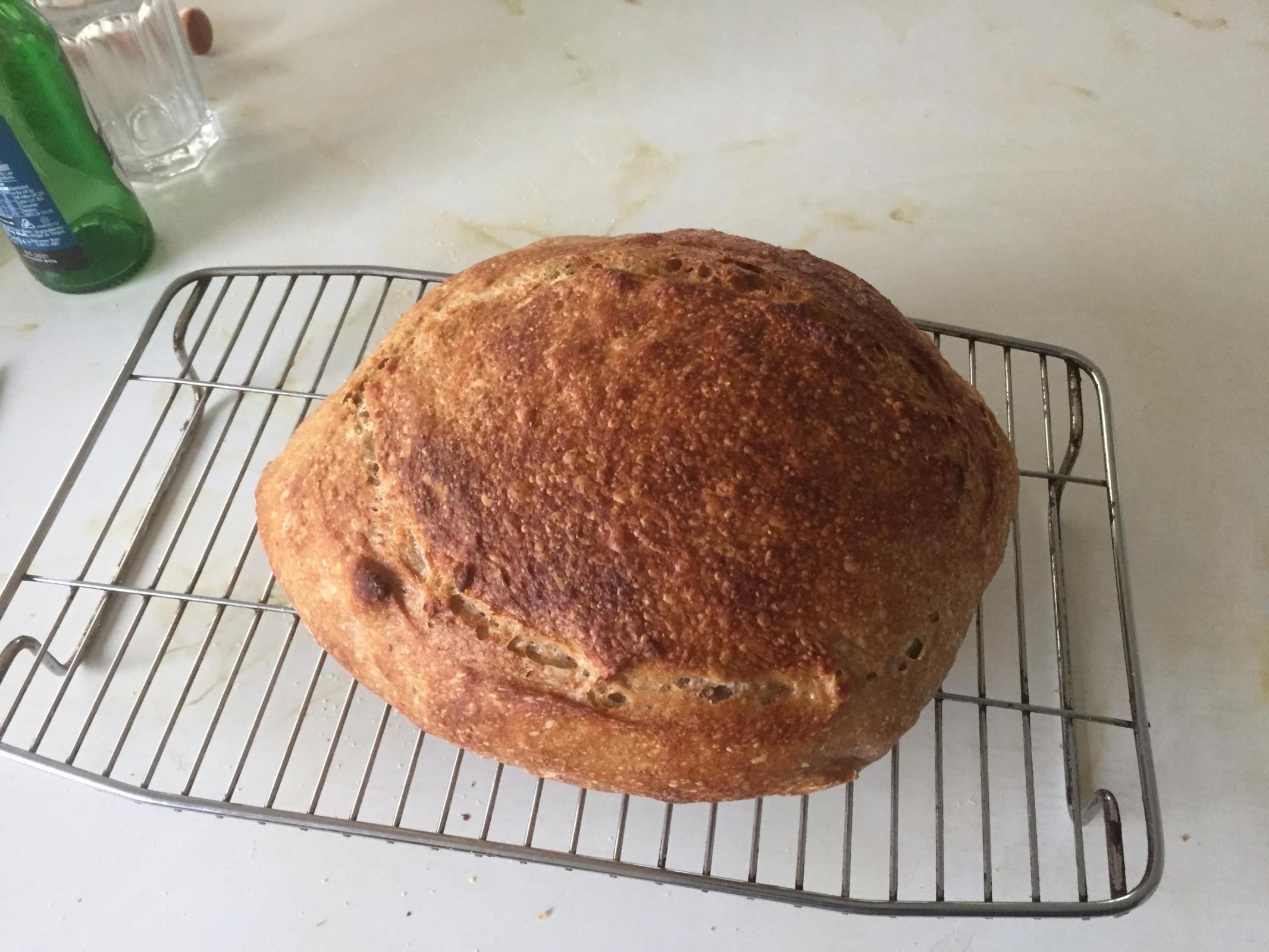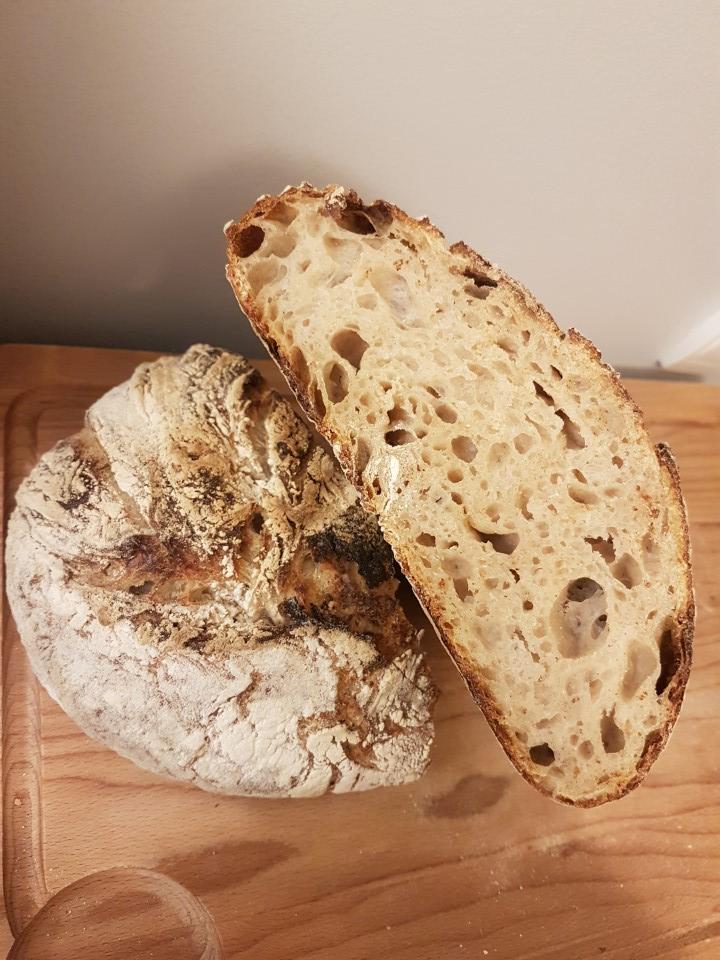
Deck Oven Problems, Steam?
Hi Everyone, new to this site but been baking for a while and was planning on opening a small neighbourhood bake shop early this year. Plans got delayed a bit but getting to play around with the new oven I though would be a fun experience. I currently use my home oven and get decent loaves without issues.
Got a large 3 pan deck oven for the shop, but unfortunately doesn't have steam injection, only a stone floor. I figured I would be able to just steam with a garden sprayer. So far I have tried basically everything I can think of to add steam, and just can't seem to get enough to get the spring that I get in the home oven.
Todays attempt was baked at 440f, top and bottom, I have experiment going as long as 320f, but still not getting the spring I want. Used the sprayer to add steam at loading, 1mins and 5mins, have tried variations on this and no massive changes.
The best of the three was the bottom/left one, but the ends were very flat. Seems to be just lucky that I burst in the middle. The crumb on all three didn’t really have big problems, the top was denser due to not opening, the bread made for decent eating.
Is my only option at the moment to make tin foil hat for each loaf, or is there another problem that I am missing by assuming it’s just the steam. I can’t really think of anything else that covering the loaves.
Thanks!











